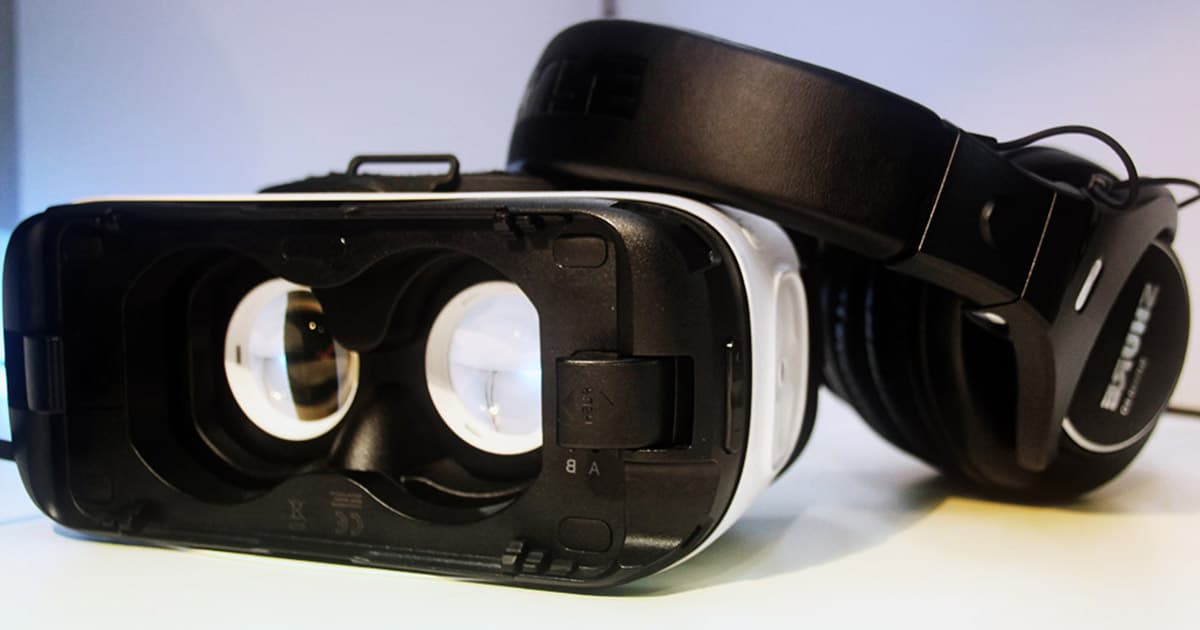
Virtual Reality Sound – Benefits you must know
Content
… places entirely new demands on the sound, be it from a technical or creative point of view. Simplified it can be said that the virtual reality sound is supposed to create a three-dimensional audio impression, although it is usually only played back via headphones.
In the rapidly growing market of virtual and augmented reality, applications span gaming, cinematic presentations, music production, broadcast, social media, healthcare, and education. Spatial audio plays an essential role in enhancing these experiences, making them more immersive and realistic. The opportunities and challenges for audio in virtual and augmented reality are vast, offering creative potential for sonic artists and audio content creators.
It can be guessed that this is not at all easy, although I don’t want to go into too much detail with technical terms like “binaural” and “Head-Related Transfer Function”. In order to get a good overview of the sound of 360° videos, the most important facts are summarized here.
Overlook, yes – Overhear, no!
A decisive difference between the visual and auditory levels is the following fact: video elements can easily be missed, but sound elements not. Sound cues can guide the viewer’s attention and enhance the integration with visual elements. Only the feel of direction varies, which means that the sound is the only way to subtly lead the viewer in one direction. You direct its gaze to the important elements in the picture and thus you can ensure that no major details of the scene remain undiscovered.
This approach is particularly interesting if the 360° video concept takes this point into account in advance, and like that creates completely new ways of playing the plot, which is essential for storytelling in virtual reality.
It doesn’t have to be a copy of reality
Since the beginning of surround formats, the goal has often been to create a sound image that is as close to reality as possible for the listener. Virtual reality sound, in particular, seems to be also ambitious about it.
But I disagree. Through the targeted guidance of the viewer’s attention, it becomes clear that it is not always ideal to take reality as a guide because too many sounds quickly overload the viewer. Technologies like binaural audio and object based audio can help in creating a focused and immersive audio experience. Binaural audio takes advantage of our sense of sound localization to create spatial cues, perfect for VR environments where users are isolated within a headset. Object based audio allows for the positioning and manipulation of individual sound sources within the virtual environment, creating dynamic and interactive soundscapes. This way, it can be decided what is important for a scene, influencing the line of vision and not distracting attention with unimportant sounds.
Spatial Audio isn’t just “nice to have”
Cinema-goers are ready to enjoy a surround-sound experience at a good price. But whether it’s stereo or surround, at the end of the day it’s a nice add-on (and I say that as an enthusiast for immersive audio). However, this setting is not transferable to 360-degree videos, since the entire surroundings of VR are portrayed in spherical form, and not, as in the cinema, only a section of the scene is shown. Techniques like binaural recording, binaural surround sound, and head related transfer functions are essential in creating immersive audio experiences that complement the visual storytelling in VR.
On the contrary: the stereo sound can actually be noticed as a broken sound, which can destroy the immersion that one has tried to build up with the image. There are very few good reasons to fall back on static sound for virtual reality sound experiences and like that it is very obvious that the potential of the medium has not been exhausted by far. Immersive experiences in VR require the expertise of sound designers who meticulously adjust levels and spatial positioning. Using probe microphones in a subject’s ears to measure head-related transfer functions (HRTFs) is crucial for creating realistic 3D audio.
Sure, that’s what the sound guy says, but imagine this: You wear a VR headset and turn your head: the image rotates with head-tracking, but the sound does not… even the layman notices quickly, something is not right here 😉.
Immersive audio is vital for creating realistic virtual environments in virtual reality (VR). It enhances the overall sense of presence and engagement, making the experience more transformative and engaging.
Explore More